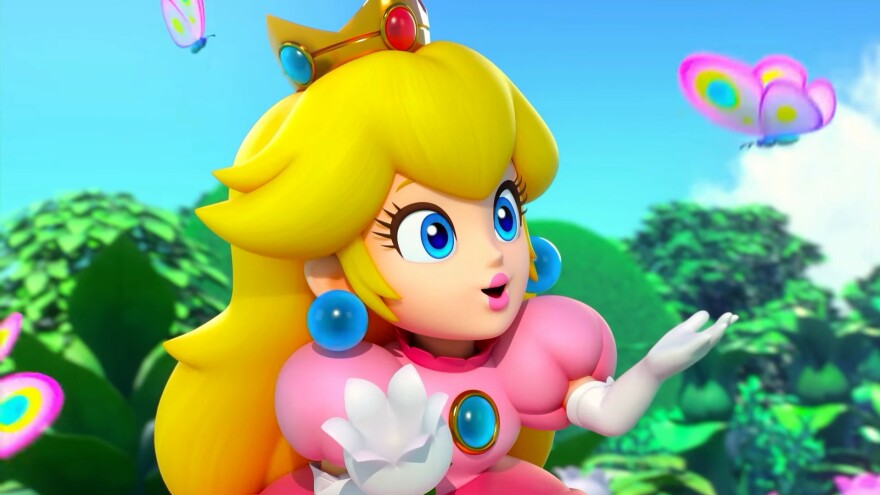Full disclosure: as someone born in the 1980s and raised in the 90s, Super Mario RPG: Legend of the Seven Stars is already one of my all-time favorites. The Super Nintendo game drew me into lifelong video game fandom, and I played its opening sequence so many times it's burned into my brain.
Where else could you use Mario's jumps, punches and fireballs to win turn-based battles against Koopas and Goombas, all the way up to Final Fantasy-style bosses? Where else could you see him team up with a possessed wooden doll, a walking cloud boy, and even his nemesis Bowser to dethrone a gang of sentient weapons?
Fast forward to 2023. Mario just headlined a billion-dollar movie and the spectacular return-to-form game, Super Mario Brothers Wonder. But even alongside these Nintendo blockbusters, this new version of Super Mario RPG still feels fresh. It's another win for Nintendo's approach to remaking their cult classics; as faithful as Metroid Prime Remastered, but updated just enough to entice new players.
Mario, by way of Final Fantasy
Originally developed by Square, the company behind Final Fantasy, the game opens with Mario on a typical mission to rescue Princess Toadstool (now renamed Princess Peach) from Bowser. In the midst of their fight, a giant sword slashes Bowser's castle, scattering everyone inside and destroying the Star Road, a wish-granting rainbow bridge leading to the castle. Mario soon sets out to defeat those responsible: the Smithy Gang, a crew of animated weapons who also happen to be power-hungry weapon traffickers. Despite this weird and even dark premise, the story beats are both silly and engaging, with a winding plot that's simple enough for new players to follow.

Setting aside my massive rose-colored goggles, I can also tell you that the game's combat really holds up. Nintendo gave Square control to make one of their best RPGs — and I mean that, it's up there with Final Fantasy VI and VII.
The main twist adds timing challenges to sweeten its turn-based battles. For example, you can use Mario's signature jump against say, a Flying Koopa, and if you press a button at the right time, you'll do more damage. The mechanic proved so enduring that it came back in the Paper Mario and the Mario & Luigi games, and even got employed in Sea of Stars, a celebrated indie title from this year.
But Nintendo also added a later innovation to the remake: a meter that fills up the more you successfully time attacks. When you hit 100% you unlock a triple attack, a special move that depends on the makeup of your current party. I dig rhythm games even more than my beloved Japanese RPGs, so I really appreciate how these mechanics reward attentive timing.

A new coat of paint
While Super Mario RPG retains the squat proportions of the original, it adds a lot more pixels, to mixed results. The super-squished look definitely evokes the SNES game, but I'm not entirely sure that fits our super-smooth hi-fi world anymore, where Mario has defined limbs. Thankfully, the remake also comes packed with gorgeous cutscenes, where that dissonance doesn't apply.
All in all, this legendary Mario spinoff has long deserved a proper remake, and this one faithfully recaptures what it felt like to play as a kid. With design by Square at the height of their 1990s dominance, it's an even more satisfying RPG than the excellent Paper Mario games that succeeded it. If you've got a hankering for a nostalgic, offbeat Nintendo title, don't miss out on Super Mario RPG.
James Perkins Mastromarino contributed to this review. contributed to this story
Copyright 2023 NPR. To see more, visit https://www.npr.org.


